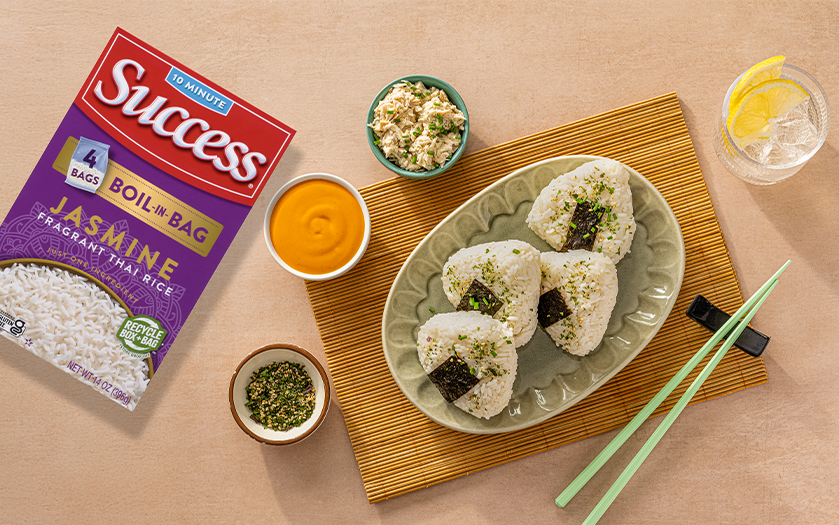Light, fresh and savory, seaweed and rice recipes are a welcome departure from your usual menu. Ideal for warm days, busy days, or days when you simply crave something exceptional, these dishes go beyond sushi and can be easily tackled at home.
Rich in nutrients, minerals and antioxidants, seaweed supports gut and heart health and is believed to help regulate blood sugar levels. Combined with delicate, fragrant Success® boil-in-bag jasmine rice, its brings a bold hit of umami-packed flavor to any dish.
So what can you add to seaweed and rice dishes to make them pop? From striking sauces to sweet seafood, zesty garnishes to crispy veg, you’ve got more options than you might think!
Spicy Tuna Bowl
Made with jasmine rice, white or even Success® boil-in-bag quinoa, this quick and comforting bowl makes a satisfying lunch or dinner. Pile on the sriracha-spiked tuna salad, the crisp vegetables, avocado, seaweed and sesame seeds for a dish that’s brimming with colors, flavors and textures galore.

Sushi Bake
A warm take on seaweed and rice recipes, this shrimp-topped sushi bake is a unique addition to any menu. A double dose of nori — in the crispy topping and eaten alongside the final dish — means a bold umami punch in every single bite.
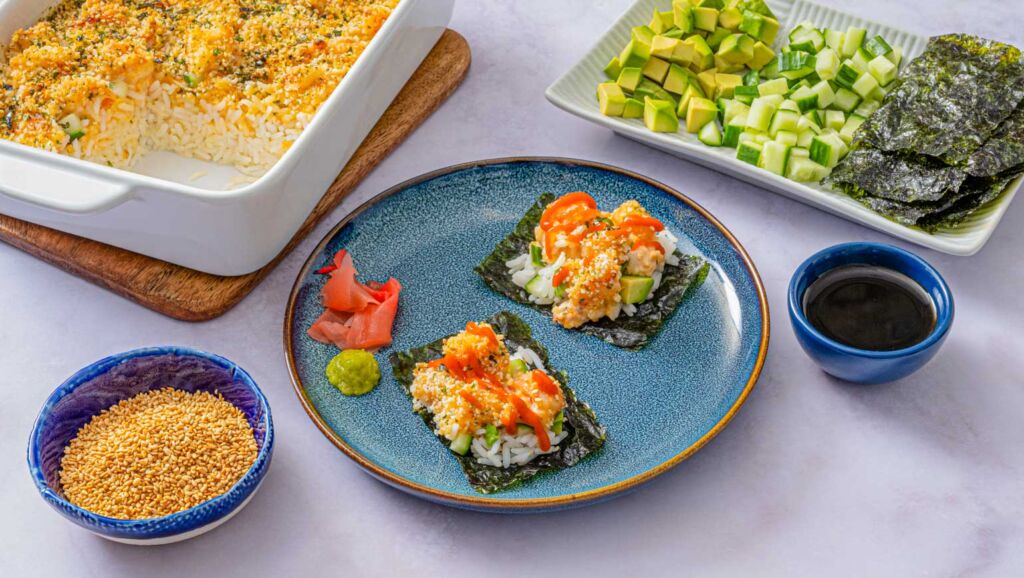
Crab and Shrimp Sushi Burrito
In this riff on traditional temaki, crab, shrimp, carrot and cucumber are packed into fresh nori sheets alongside seasoned Success® boil-in-bag jasmine rice. Simple spiced mayo is a zesty dipping sauce, though kids may prefer soy.
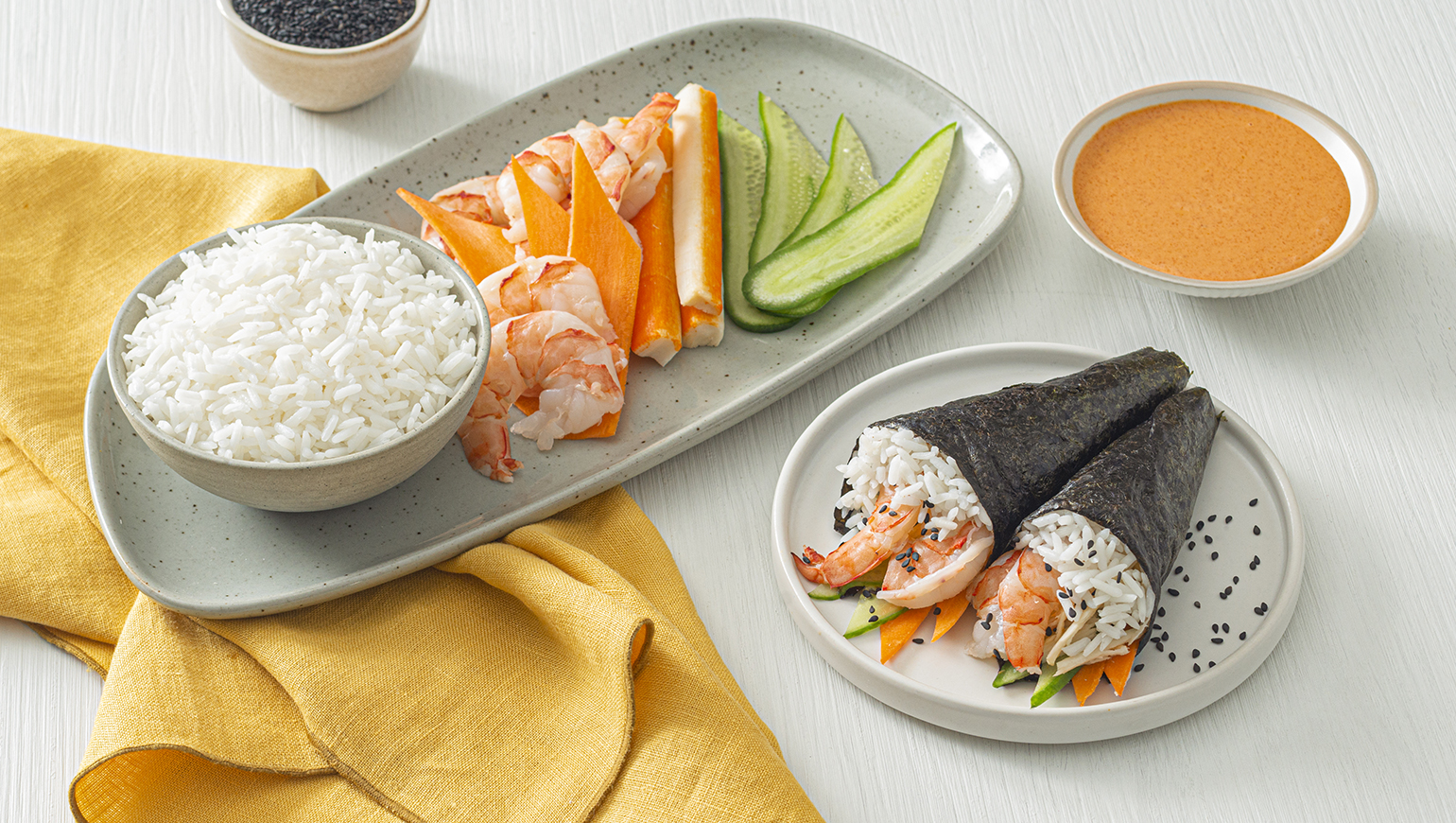
Baked Asian Salmon Cups
Despite its elegant appearance, this meal is a breeze to whip up — even on a weeknight! Simply marinate the salmon and make the jasmine rice ahead of time, then assemble the cups and bake for 15 minutes. For company or the family, this singular seaweed and rice dish never fails to impress.
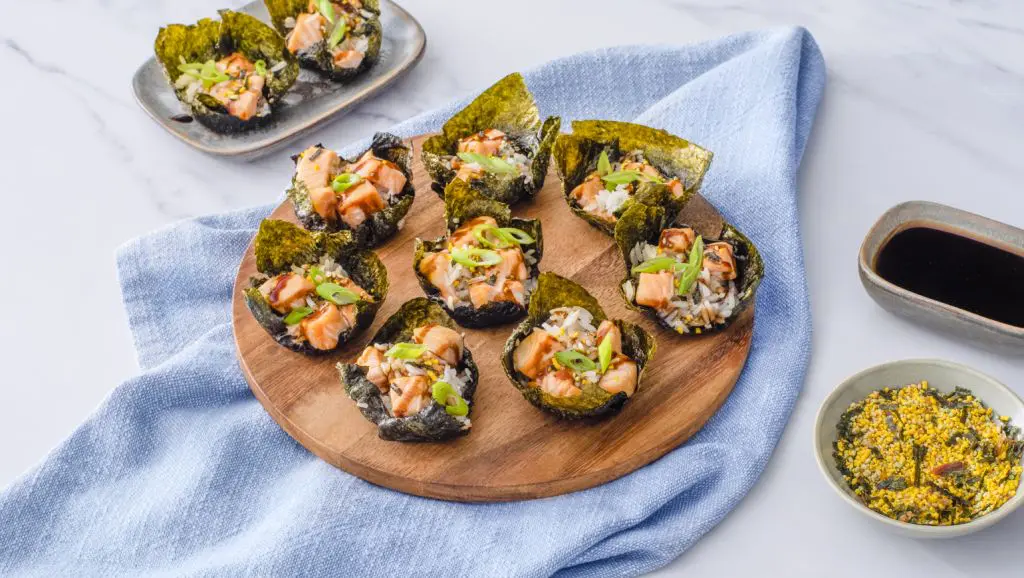
Tuna Onigiri
New to onigiri? Follow these simple steps and you’ll be a pro in no time! Substitute the tuna with salmon, shrimp, or your favorite seafood for endless variations on this popular recipe.
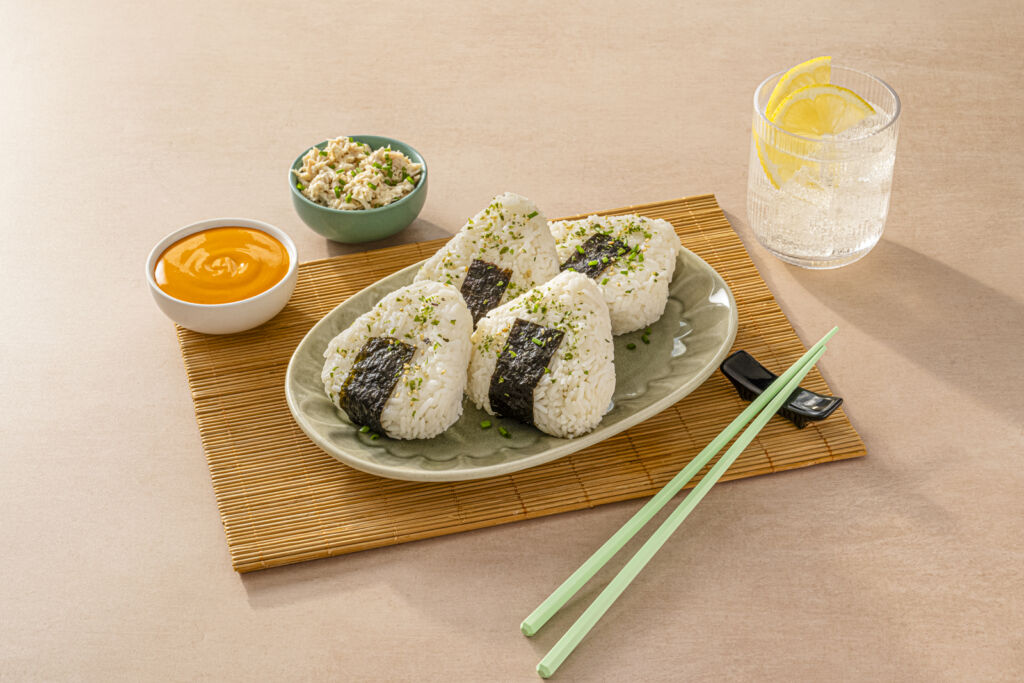
How to Choose the Best Seaweed for Your Recipes
With most of the earth covered by oceans, it’s no surprise that there are numerous types of seaweed! The most common types of edible seaweed are nori, wakame, kombu, dulse, hijiki, Irish moss and sea lettuce. Though they all share similarities, you’ll want to learn which to use when, and why.
- Nori – Made from red algae, nori is roasted and pressed into sheets. Commonly used in Japanese cuisine, it is popular in sushi, onigiri, on top of ramen and as a snack, often flavored with salt, wasabi, ginger, chili and more.
- Wakame – A type of kelp native to cold waters, this type of seaweed is satiny and dark green with a subtle flavor. Used in soups and salads, it is generally rehydrated before it is added to dishes.
- Kombu – Another type of kelp, kombu is used to make dashi and ramen, and is also often pickled. It is briny and bold, and is usually used to enhance the flavor of other dishes.
- Dulse – Dark red dulse is found in the cold waters of the Atlantic and northern Pacific oceans. Popular in parts of Canada, Scotland and Iceland, it is eaten as a snack or as a flavoring in other dishes.
- Hijiki – Harvested in China, Japan and Korea, this type of seaweed is brown and has an earthy, savory flavor. It can be used to add umami and seasoning to rice dishes, stir-fries and soups.
- Irish moss – Due to its high level of carrageenan, this type of seaweed has unique uses as a thickening agent. It is found in colder areas along the coast of the Atlantic Ocean.
- Sea lettuce – A type of edible green alga, sea lettuce is common in salads, soups and stews and can also be dried and pulverized to use as a seasoning.
Cooking Tips for Perfect Seaweed and Rice Dishes
The best seaweed and rice recipes combine the right type of seaweed and perfect rice into one irresistible meal.
- Choosing the right seaweed for your dish will depend on what you’re making and how the seaweed will be used. Though you can buy fresh or dried varieties of seaweed, they’re not all appropriate for every dish. When making sushi, for example, you’ll want to find dried nori sheets. For salads or to add to most soups, fresh seaweed is a delicious alternative.
- Some types of seaweed, such as wakame, are purchased dried but must be rehydrated before you eat them. To do so, simply soak the seaweed in water for 10-15 minutes, until it is pliable and soft. Then, proceed with your recipe!
- Seaweed seasoning, made from kelp, nori and a slew of dried herbs and spices, can add a shot of briny umami to any dish. Simply sprinkle on top of any meal that needs a little boost!
- When making sushi, you’ll want to ensure that your rice is sticky enough to adhere to your nori sheets. You’ll also want to place the nori shiny-side down, and spread the rice on the rougher side of the nori. To avoid a sticky mess, wet your hands before you begin, and gently press the rice onto the nori, pushing it to the edges. Try to work as quickly as you can so that the nori doesn’t get soggy and soft.
- Seaweed is delicious on its own, adding earthy, briny, savory notes to any dish. A natural partner for seafood, it also pairs well with soy sauce, sesame (oil or seeds), citrus, miso paste and more.

